If you’ve looked carefully at the specifications of car audio amplifiers for any amount of time, then you’ll know that some designs make more power when they are connected to a higher-voltage electrical system. This type of amplifier is called an unregulated design. In the simplest of terms, it multiplies the provided battery voltage by a fixed amount to power the amp’s internal components. If that sounds complicated, don’t fret. We’re here to spell out why these amplifiers like extra voltage.
What Is an Unregulated Car Audio Amplifier?
Before we talk about regulated and unregulated designs, we need to define what’s known as rail voltage. Car audio amplifiers, in general terms, work with five different voltages. The most basic circuitry that turns the amplifier on and drives the output stage runs directly from the feed from your battery. The second pair of voltages, usually plus and minus 15 volts, is used for the signal processing and output device driver circuitry. Lastly, there’s what’s known as the rail voltages. The rails voltages are key to determining the maximum voltage the amplifier can supply to your speakers.
As discussed in our recent article about amplifier clipping, the maximum undistorted voltage an amplifier can produce is based on the rail voltage. When you drive an amp with more input signal, the tops and bottoms of the waveform become distorted, and significant harmonic distortion is added to the output signal.
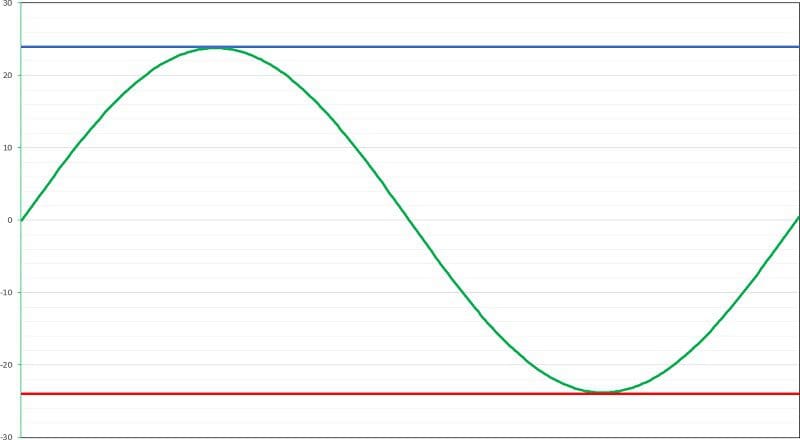
In a regulated amplifier design, the rail voltage is set to a fixed level that the amp attempts to maintain no matter what voltage is applied to the power terminals. If you’re sitting in a parking lot listening to music, your battery voltage may quickly drop to 11.8 or 11.9 volts. A regulated amp will draw extra current to maintain the target rail voltage. If you’re cruising down the highway, the alternator could easily produce 13.8 volts. In this case, the amp draws less current but maintains a fixed rail voltage.
In an unregulated amplifier design, the rail voltage is a function of the supply voltage. Let’s say the power supply produces +24 and -24 volts from a 12-volt feed, by way of an example. If the voltage drops to 11 volts, the rail voltage drops to +22 and -22 volts. If the voltage increases to 14 volts, we might have plus and minus 28 volts. This is a gross oversimplification of the process, but it gives you an idea of how things work.
The Power T1000X5ad five-channel amplifier from Rockford Fosgate uses an unregulated power supply design. Maximum output power increased by almost 30% when the supply voltage is raised from 12.6 to 14.4 volts.
Real-World Measurements
As with any technical subject, sometimes it’s better to look at a real-world example to more easily understand the concept. We dug up an older Class-AB stereo amplifier rated to deliver at least 80 watts per channel at 1% distortion when connected to a 4-ohm load and supplied with 14.4 volts.
Step 1 was to set the amp up on the bench and see how much power it makes with our supply voltages on their low setting. The D’Amore Engineering AMM-1 shows the amp could produce 74.5 watts per channel with a supply voltage of 13.58 volts.
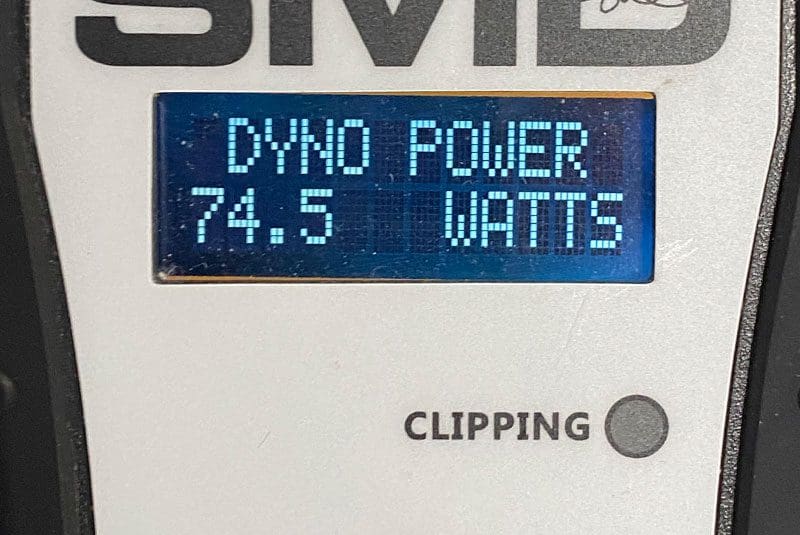
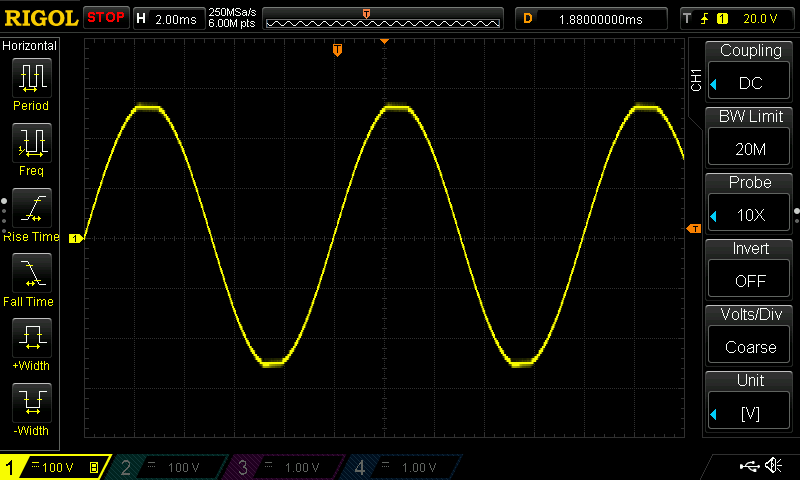
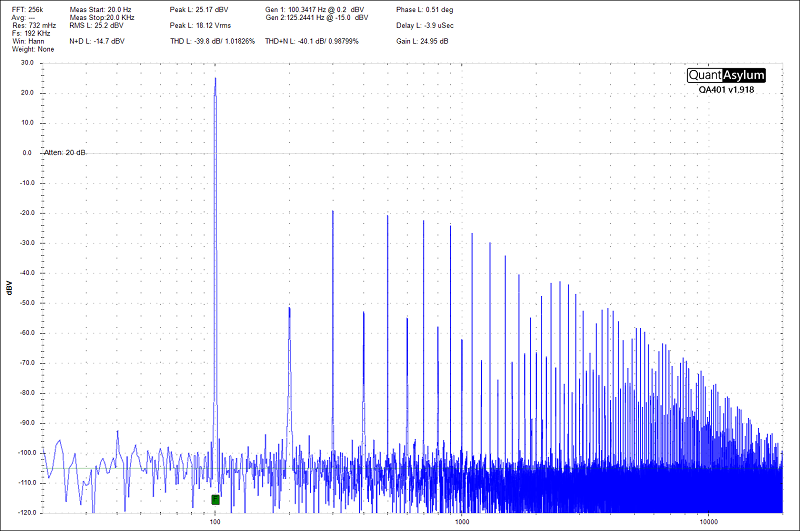
Just under 75 watts is pretty good power for an amp rated at 14.4 volts. The next step was to increase the power supply voltage to 14.38 volts and leave the input signal at the same level. Now, our amp is producing 81.1 watts, and distortion has dropped to an impressive 0.009%.
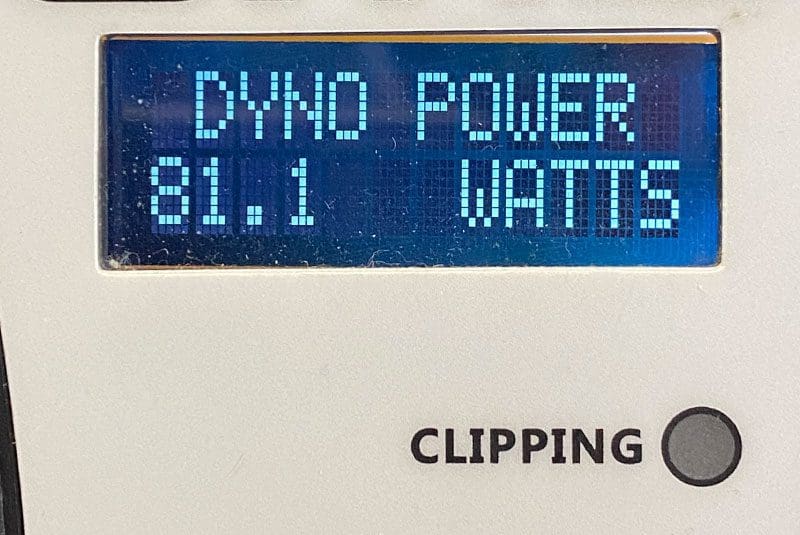
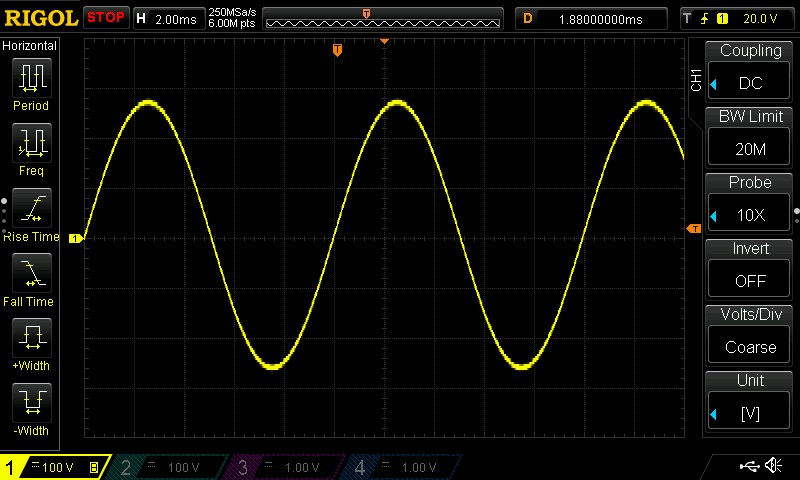
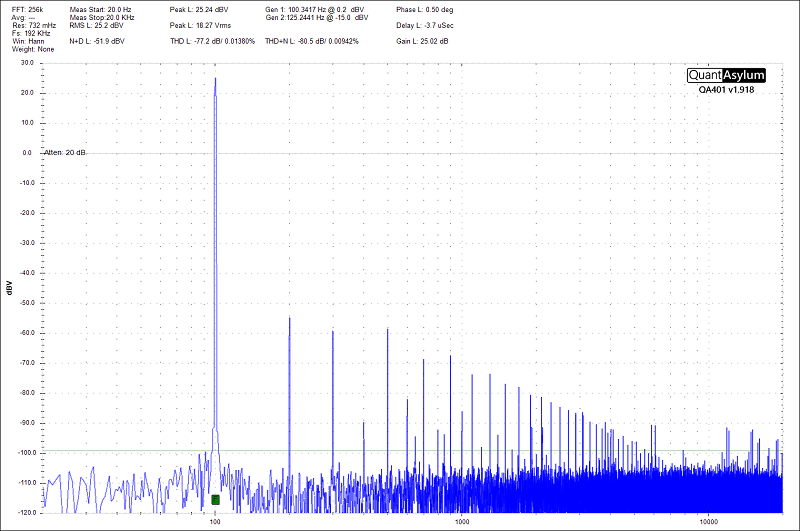
With more rail voltage available, we can now increase the signal fed to the amp and further increase its power output until we reach a 1% distortion level again. Powered with the same 14.38 volts, the amp can now produce 85.3 watts. That’s more than 10 watts over the low-voltage level maximum output level.
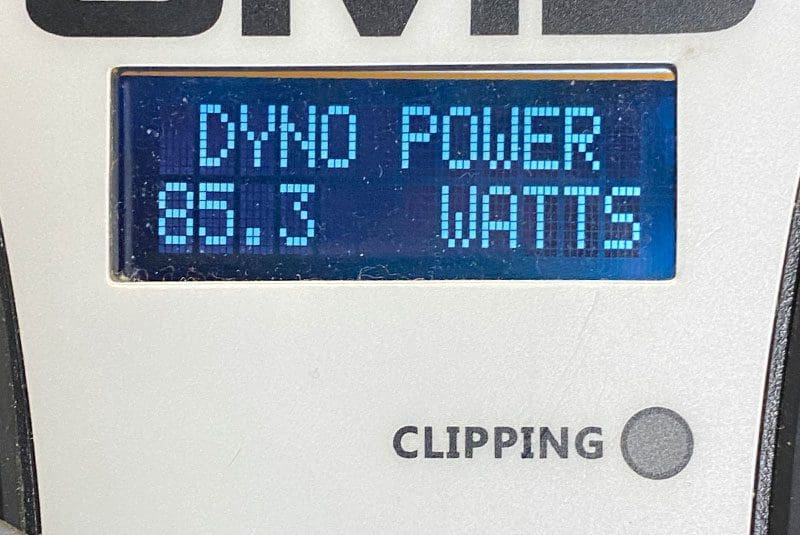
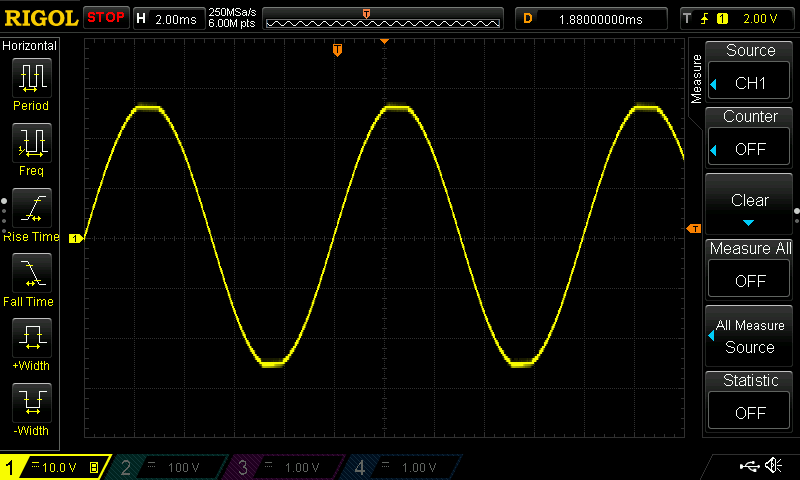
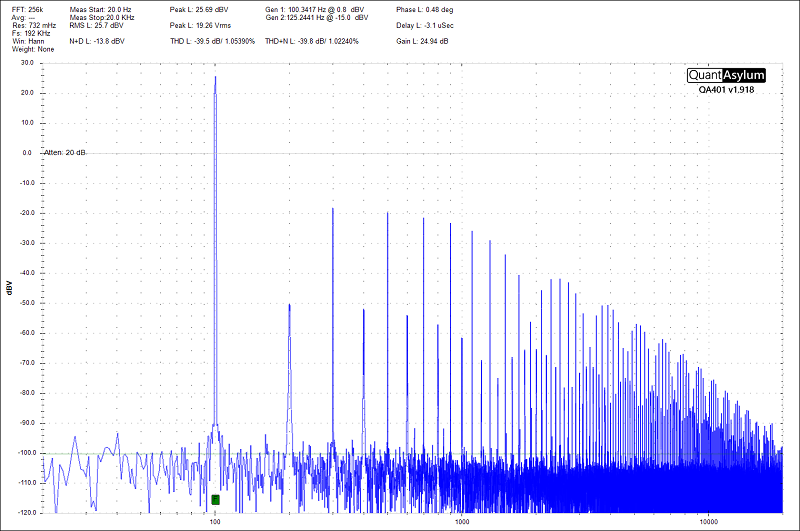
Can We Correlate Amp Power with Supply Voltage?
It should be clear that when you have an unregulated amplifier in your car or truck, supplying it with as much voltage as possible allows it to make more power. I compared the power output of several high-quality amplifiers under different supply voltages. All made more power with more supply, but the ratio by which the specs increased varied from brand to brand. On average, one extra volt supplied to the power connections raised the maximum 1% distortion power output level by between 15 and 30%.
Knowing this information, the importance of having your amplifiers installed with large-gauge, all-copper conductors can’t be overstated. While there are places to save a few bucks when it comes time to get an amplifier installed in your vehicle, skimping on power wiring quality isn’t on the list. Drop by your local specialty mobile enhancement retailer today to find out what amplifiers are available to make your music sound amazing. And don’t forget: Make sure to feed them with all the battery voltage your vehicle can muster.
This article is written and produced by the team at www.BestCarAudio.com. Reproduction or use of any kind is prohibited without the express written permission of 1sixty8 media.
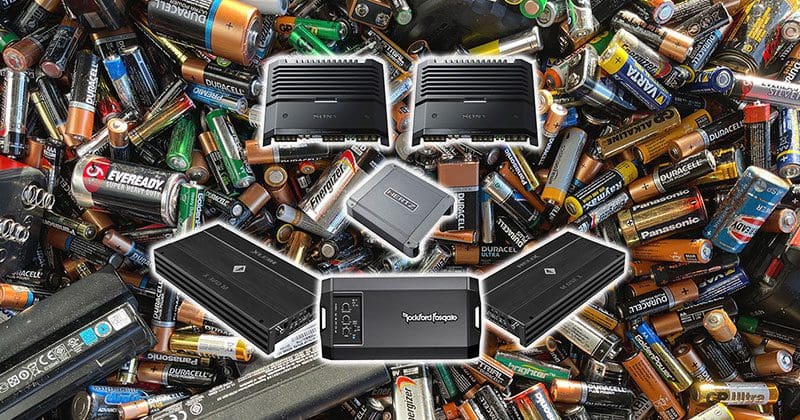
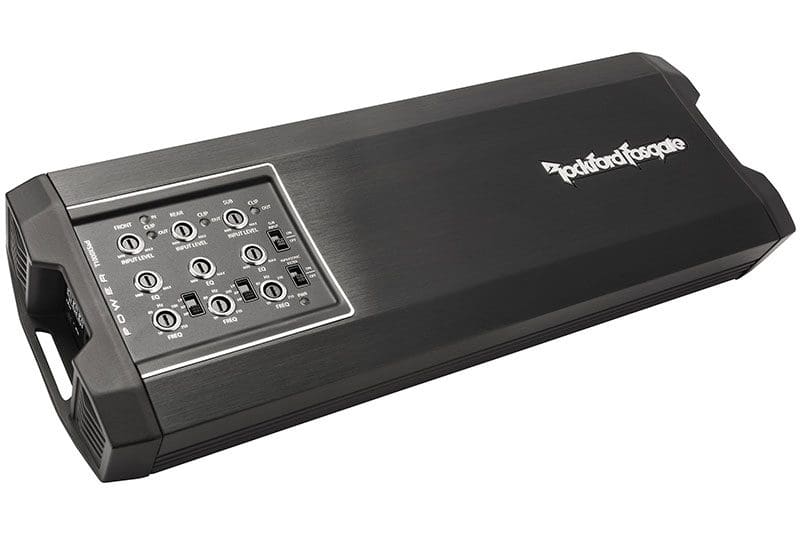

Leave a Reply